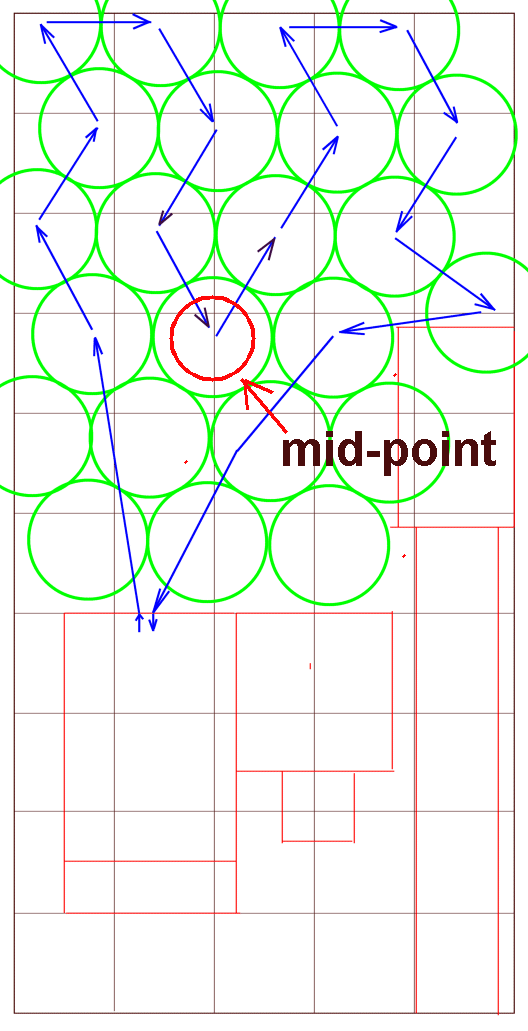Quote:
Originally Posted by Ryland

It's that much?
|
Yeah, I'm speaking from experience on this one... The example you are citing is almost exactly the same as what I have here with my GSHP loop field.
Your example: 700 ft, one inch pipe
My loop field: 720 ft, 3/4 (.802 ID) pipe
The extra diameter in your example will certainly help out.
But factors that affect power required from a circ pump are all linear with the exception of fluid velocity in the pipe, which is the SQUARE of the velocity.
So, to get a particular required gpm, which will deliver the heat, you need a particular velocity of fluid in the pipe...
If you cut the loop length in half and run the two pipes in parallel, you have increased the effective area of the pipe by 2X, so you can reduce your fluid velocity by 1/2, which means that your friction and therefore power requirements will be reduced by a factor of 4 (since power required is directly proportional to velocity squared).
In my case, the little compressor that I am using is drawing maybe 400 watts when it runs, but the pump I was using (which was a sump pump and not an actual pump that was designed for circulation purposes) was drawing about 237 watts in operation... that is completely off the charts with regards to effficiency. I'm hoping that a real circ pump will use somewhat less power, but when I went to the engineering charts and started doing the calcs, I knew that my gains in efficiency would be pretty small. Then I looked further into the fluid mechanics involved and realized that the effective length of my pipe (which is always longer than the actual length) was pretty long for a single pump. The real surprise, the pleasant part, was when I realized that the two pipes in parallel would require half the velocity, and the aforementioned reduction in power.
The real squelcher for me was that I had all the engineering formulas in front of me before I began, but I didn't run the calcs before I did my earth work.
Bad engineer, bad engineer, bad engineer!!!

NOTE-1: 10 foot grid
NOTE-2: green circles without arrow terminations are potential sites.
I did have a niggling hunch that there might be a need to modify the single loop into two parallel branches, so I did my pipe layout in such a way that I could get to the mid-point fairly easily. (* if I had done the calculations in advance, I would not have had a niggling idea, I would have known exactly how much power I would have required from my pump to deliver the heat required from my loop field. *)
So, it is shovel time for AC_Hacker.
I will have plenty of time to contemplate on
'how much easier it is to do mathematical calculations than it is to dig a ditch'.
Best Regards,
-AC_Hacker